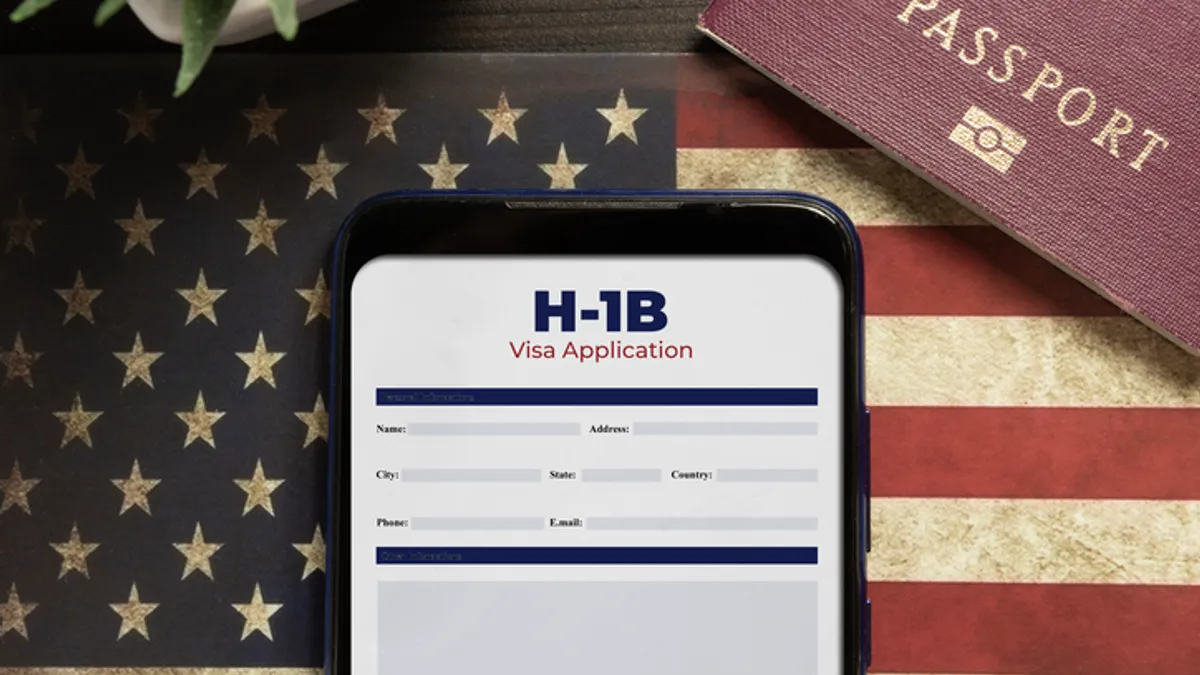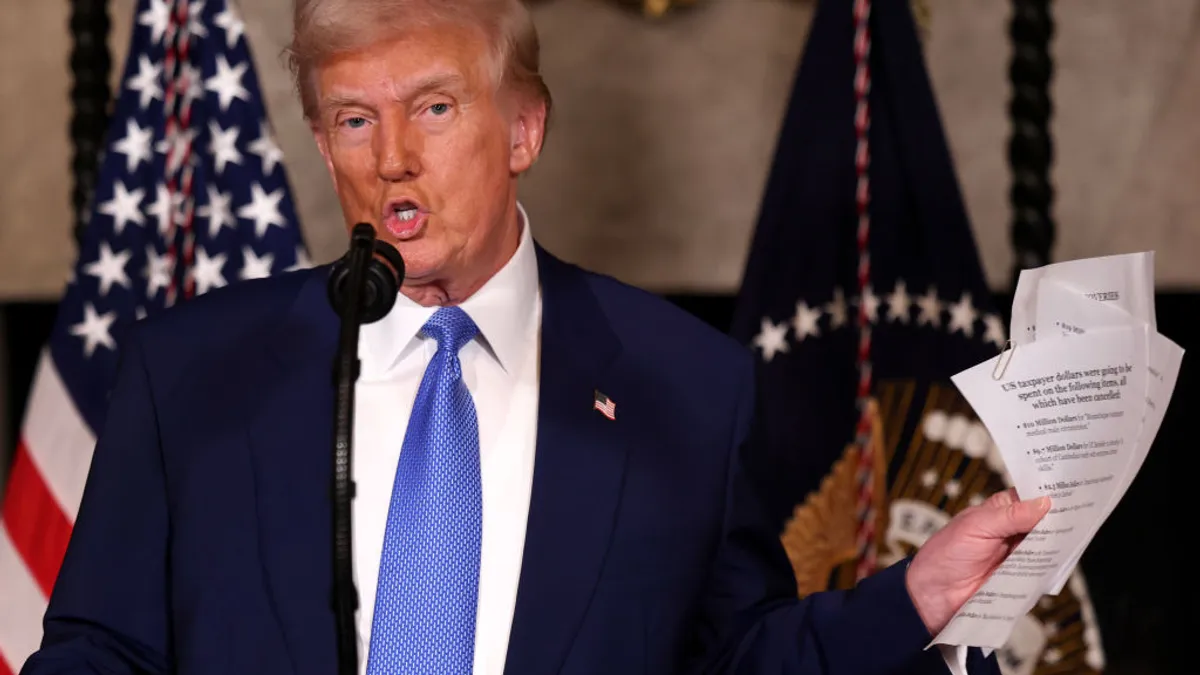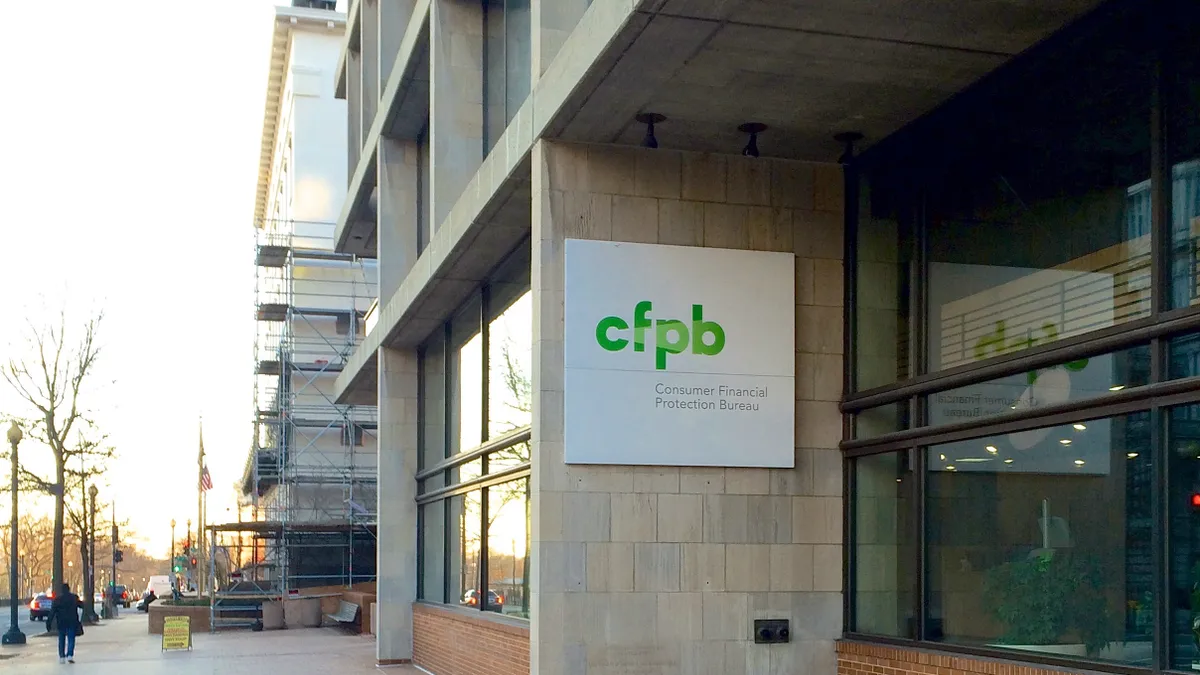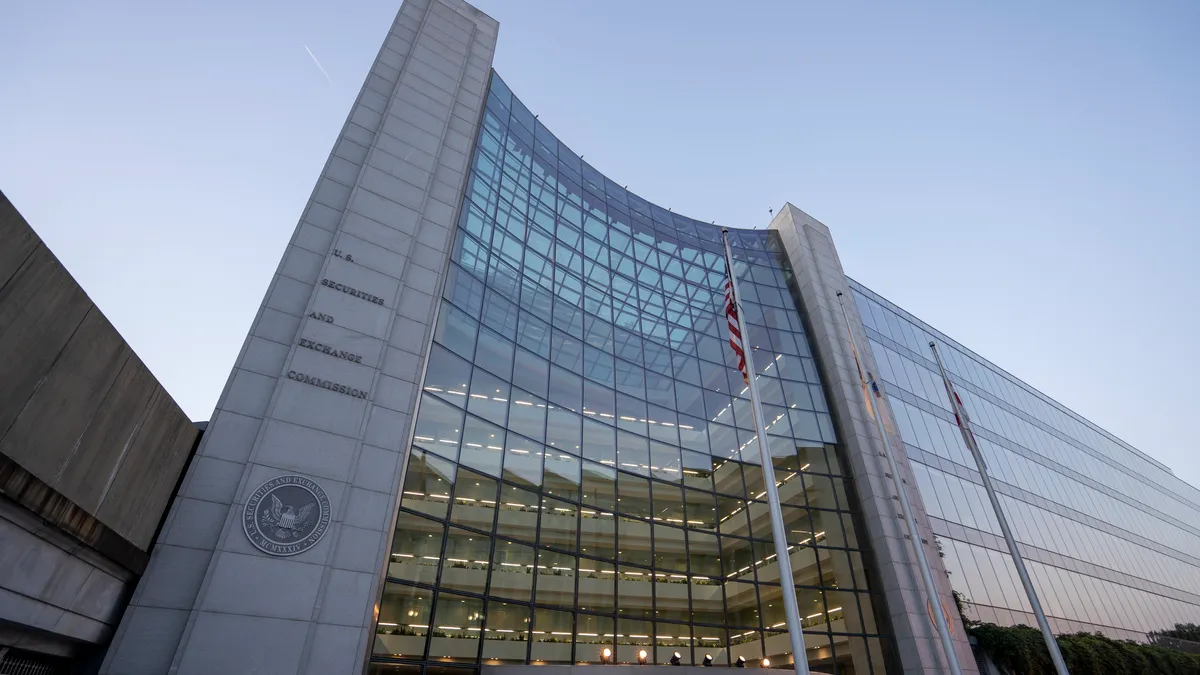Companies with a high percentage of skilled foreign workers will face friction the first few years of any push by the Trump administration to curb immigration. But if they’re careful about their hiring practices and prepared to spend more to maintain their talent pipeline, they should get through it fine, says immigration law specialist Grant Sovern of Quarles & Brady.
The first Trump administration gave companies a look at how an anti-immigration push might look — and how to push back against it, Sovern told Legal Dive.
“There were executive orders, regulations that were quickly changed outside of normal administrative procedures, things like that, but when employers sued the government and said you can’t do that, by and large they won,” he said. “They won 70%-80% of the time. There are still laws that protect us.”
The impression President-elect Donald Trump has given this time around is that he wants the administration to focus on people who are here illegally and taking jobs from Americans but, as with his last term, all workers from outside the U.S. will likely be targeted, including those in high-skills jobs that technology and science companies rely on.
“The last time they made no distinction [between low-skill and high-skill workers] at every possible turn,” Sovern said. “The administration tried to limit all types of immigration.”
The complication for companies in biotech and other high-skill industries will be in keeping their talent pipelines full.
Companies generally don’t go overseas to recruit foreign scientists or engineers, Sovern said; rather, foreign students tend to come here on student visas to get advanced degrees in STEM subjects at U.S. universities and it’s from these graduate pools that companies recruit.
“Companies aren't looking to hire foreigners,” he said. “It’s just that they have openings and more than 50% of the people in these graduate programs are here on student visas.”
New-hires recruited from a university program can generally stay in the country for three years after graduation under their student visa without employers having to do anything. If they want to stay longer, the new-hires must apply for a work visa, typically under the H-1B, L-1 or O-1 program, and that’s when employers must get involved, because it rests with them to show that an employee has the qualifications they need.
“The next step is typically getting an H-1B visa, and that's where the employer needs to sponsor them, and that can cost $5,000-$10,000 to pay all the government and lawyer fees,” he said.
The H-1B visa is the most common. It’s for professionals, like scientists and engineers. The L-1 visa is for intracompany transfers, and the O-1 visa is for people with a more specialized talent, in some cases having to do with the arts or athletics.
With the H-1B visa, it’s not necessary for the employer to show someone is needed because there aren’t any qualified Americans for the job; it’s enough for the employer to show someone is an appropriate candidate. But there’s a limit to the number of visas available, so the process is competitive as candidates position themselves under the lottery system the government has set up to allocate permits.
“There are only 85,000 new H-1Bs allowed each year and for the past 10 years there have been more than 300,000 employers that want them,” Sovern said.
If an employee, with their employer’s help, is able to get an H-1B within the three-year period of their student visa, they can work in the U.S. for another six years. If they want to stay longer than that, they have to take the next step, which is to get a green card. That comes with a high bar for the employer that’s sponsoring the person. They have to show the employee is needed because qualified Americans aren’t available.
“There are only 140,000 green cards available every year, and no one country can have more than 7% of total immigration to the U.S., so big countries like China, India, the Philippines and Mexico are backlogged for 10-15 years,” he said, “so it’s already a precarious situation.”
For employers, it’s an expensive undertaking. It can cost a company as much as $25,000 in application and legal fees and take several years to see an employee through the process.
“Employees can’t even do these things on their own,” he said. “They have to get the employer to pay for it.”
Because of the high demand for limited visas, it won’t take much for the administration to throw a wrench in companies’ hiring plans if it decides to tinker, as it did last time, with rules in the work visa programs.
“If you change any part of this system — you make the lottery more difficult, or you make the filing process more complicated or you increase the filing fees to get a green card — that’s when people say it’s not worth it,” he said. “Even though the main focus isn’t on keeping high-skilled workers out, [it’s death] by a thousand cuts.”
Preparation is key
Even if the rules change, companies that prepare for the extra time, complexity and cost of compliance should be able to maintain their new-hire pipelines.
“Companies are going to have to anticipate spending more,” he said. “No employer wants to make immigration their central focus, but if they can’t meet their business goals without the best and the brightest, they’re just going to have to change budgets and decide what’s important.”
Companies can minimize disruption by knowing, when they hire students out of graduate school, which of them are on student visas, if any. That way, they can start the process for getting a new-hire a work visa right after they come on board and the three-year clock of the student visa is still ticking.
“Before you say, ‘Oh, well, we hired 15 scientists right out of school and it turns out seven of them need some sort of immigration support,’ you want to know that upfront,” he said, “because it’s about budgeting and making sure you have the right resources to do it.”
For the workforce that’s already in place, there should be little disruption as long as the company has followed the rules of the visa programs carefully, even if federal agents show up at their doorstep.
“There are two types of inspectors who might show up,” he said. The first are from the Immigration and Customs Enforcement agency. These are the agents who are looking for people who are in the country illegally, without either a work or family visa. The second type of inspectors are from the Citizenship and Immigration Service or other agency, like the State Department, depending on the visa type, and they’re making sure that those who are employed under a work visa are there in compliance with the rules.
“They’re looking at whether H-1B and L-1 workers are really working there and for the right salary and the right jobs,” he said. “Employers don’t need to be afraid of that. They just need to have a plan that tells the receptionist, if these people come, here’s the checklist of what we do and who to call. That’s pretty simple.”
Legislative changes
Once the Trump administration settles in, there’s another approach it could take and, if it did so, it’s potentially more disruptive than it would be if it just tinkers with the rules — that’s getting Congress involved and making wholesale changes to the programs or even eliminating them altogether.
“If they can get Congress to make new laws, they can do anything they want,” he said. “They can get rid of H1B programs or visa programs or cut back or eliminate green cards. With a lot of allies in Congress, that’s a possibility. That’s further down the road. It takes a while to get that done. So, most of us are approaching the first avenue, and that’s something companies can gird for.”



















